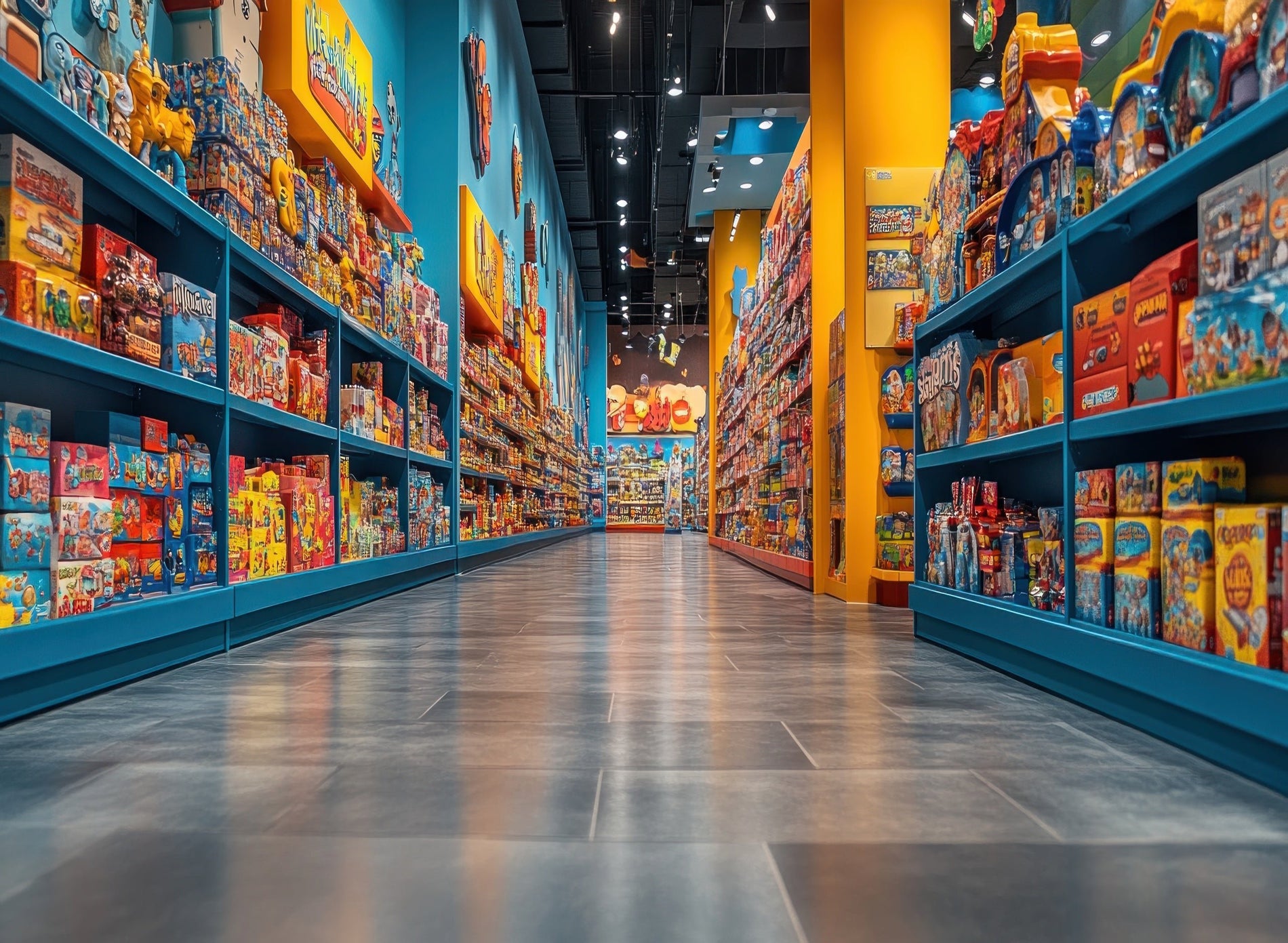Color psychology plays a crucial but often subtle role in the buyer’s decision-making process. When the product is for children, like toys, the impact of color rises even further. It plays different roles for various stakeholders, from raising excitement for children to facilitating informed decisions for guardians.
The more significant impact is how colors influence consumer perception of products, emotions, and purchasing decisions. By understanding how color psychology works, toy manufacturers can leverage this knowledge to attract target audiences and create widely appealing products.
The Psychology Behind Color Choices in Toy Packaging
Children are highly responsive to colors, and any brand producing a product with them as the target audience must consider that carefully while designing. Most toy packaging designs use bright colors like yellow, red, and green, which are said to increase children’s excitement. However, there is more to color choices for toys. Let’s explore it.
Influencing Children’s Engagement
Since children are the target audience, it is crucial to start by considering how the colors of toy packaging affect them. You must first realize the emotional impact of colors on different demographics of children. Bright primary colors like red, yellow, and blue attract children’s attention and evoke excitement.
Other standard colors for toy designs include soft pastels like pink, light blue, and mint, which create a calming feel for infants and toddlers. Notably, multi-color designs appeal to children of all ages and stimulate creativity for those who can assemble and disassemble toys.
Guiding Parental/Caregiver’s Decisions
Most toy packaging targets what children want, but parents are also important. After all, they make the buying decisions. Therefore, when designing your packaging, you should consider what parents look for in toys. Parents are often influenced by their preferences for safety, education, and the right moral values.
Some colors to consider in attracting parents include white and blue, which evoke trust and cleanliness. Education toys often use these colors to communicate reliability. You may also try metallics and gold, which usually appeal to those who love high-quality and luxury products. Finally, green and earth tones appeal to eco-conscious parents, so that you can target them with those.
Evoking Emotions Through Color
Colors significantly influence emotions, with most of the impact being subconscious. Toy brands can leverage this knowledge to influence consumer behaviors. Check out some colors and the feelings associated with them.
- Neutral Shades: Colors like white, gray, and brown are often used in minimalist designs to portray simplicity and sustainability.
- Cool Colors: Blue, green, purple, and similarly cool colors evoke calmness and help children focus when playing with toys or puzzles.
- Warm Colors: This category includes red, yellow, and orange. These colors evoke excitement, warmth, and energy, making them ideal for action toys and others that target children in their energetic stages.
Cultural Differences in Color Perception
Culture plays a huge role in color perception. Many cultures have unique interpretations of colors, and a global brand must note this when designing toys to be sold widely. Research the possible unique meanings of colors to a group of people to target that demography. Here is a general understanding of colors to start with:
- White is associated with purity in Western cultures but is often used for mourning in Eastern traditions.
- Green: Symbolizes vitality and growth in most places. It is also used to symbolize eco-friendliness and spirituality.
- Red: Represents luck, excitement, and celebration in some cultures and caution in others.
- Purple: Represents luxury, royalty, or spirituality, depending on the region.
How Brands Can Use Color to Stand Out
The toy industry is highly competitive. You can leverage the right mix of colors to stand out from the competition and increase the chances of your products being selected from the shelf over others. Here are some tips to help you hack branding through colors.
Strengthen Brand Identity
Using a color consistently can help you gain market loyalty, as many associate the color with your brand. For instance, Lego toys are instantly recognizable due to the brand’s iconic red packaging. Pick a color that aligns with your products and appeals to your target audience, and watch the magic happen.
Stand Apart from Competition
Colors like red, yellow, and green are standard in the toy industry, but having the right mix of select ones can help you stand out. For instance, you can use gradients and holographic finishes to make your products stand out from others on the shelf.
Embrace Technological Innovations
Technology is impacting packaging trends for toys, with some notable trends including:
- Color-changing effects: This type of packaging increases engagement from children as they try tricks to make the color change.
- Glow-in-the-dark features: You can redefine nighttime play with these features. They add an extra layer of excitement and surprise the first time children discover the feature.
Conclusion
Understanding color psychology will change the way you market your toys. The key is to know your target audience and their preferences. Remember that parents mostly make the purchasing decision and that culture impacts people’s interpretation of colors beyond their regular meanings.



















